Tiger begonia: description, planting and care
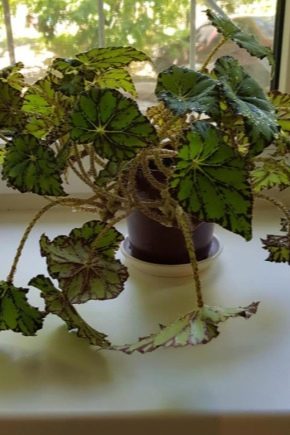
Many people grow houseplants in their apartments and houses. Some people like to breed tiger begonia. In the presented article, we will talk about how to properly care for it and what types it has.

Description
The second name of such a plant is Bauer's begonia. It is a flower with many small leaf blades, which depict a pattern that looks like a brindle color.
The pattern on the leaves, as a rule, is variegated, consisting of green, yellow, brown shades. The original shape of the image and the leaf plates themselves give the flower a beautiful and unusual appearance.
Tiger begonia blooms with small white or pink flowers. They grow in the form of inflorescences directly from the root system of the plant. Flowering occurs in winter.
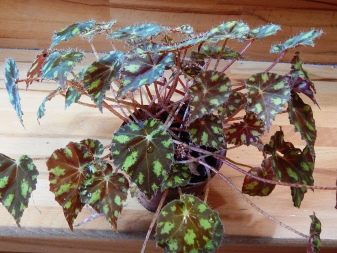

Varieties
Bauer's begonia has several subspecies:
- Cleopatra;
- "Tiger";
- brindle;
- "Major";
- Apple Pie;
- begonia Rhinestone Jeans.
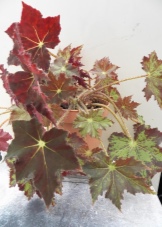

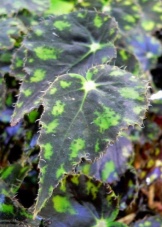
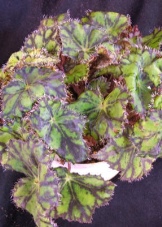
Cleopatra
This variety is an ornamental plant. It has small buds, colored white or pink. They bloom from mid-winter to mid-summer.
The leaf blades can be up to 15 centimeters in diameter. They resemble maple leaves in shape. They have a small fluffy bloom.
The leaves are colored green with a slight bronze sheen. If the flower constantly stands in an area with abundant lighting, then it will gradually change its color to light brown.
Cleopatra propagates by cuttings or rooted leaves. Sometimes the division of the rhizome or even the bush itself is used for this.
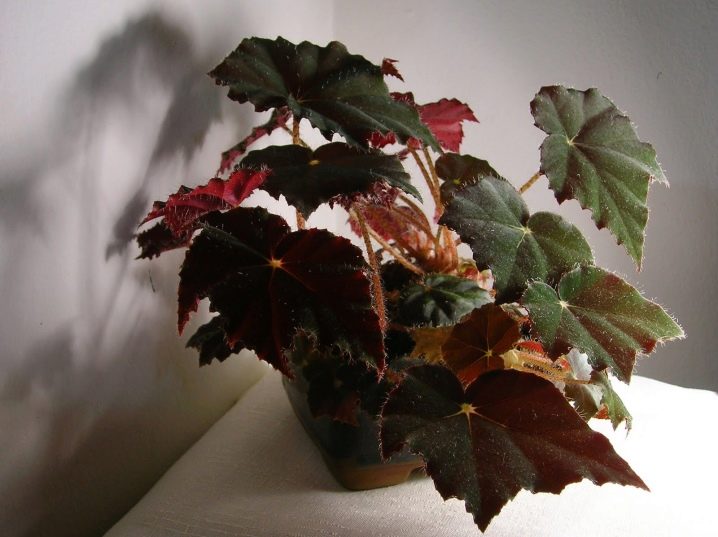
"Tiger"
In this type, the leaf plates are painted in a bronze-green color. Often this flower grows with large brown spots on the leaf blades. The leaves are small and oblique in shape. A strip of brown can be seen along all the veins. The stem of the plant grows branching and creeping.
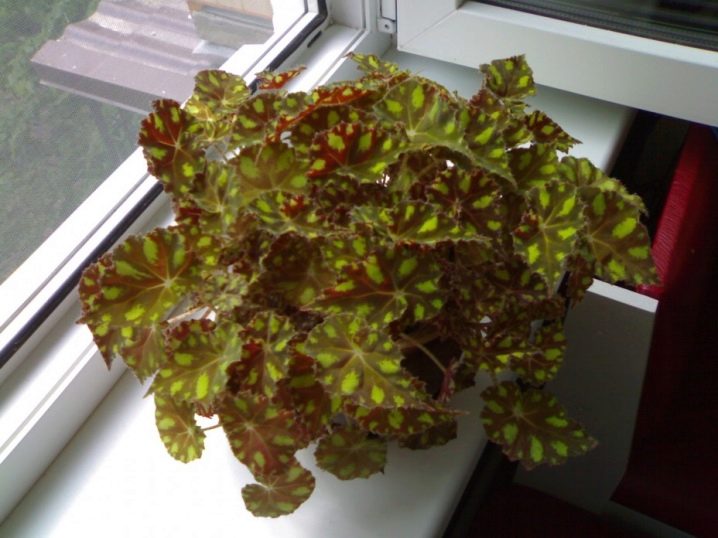
Tiger
The shape of the leaves in this species is heart-shaped. Their edges are jagged. They are painted dark green. The pattern on the plates is presented in the form of large spots of a light green hue.
The above-ground stem is absent. The elongated leaf grows from the root system of the plant. The height of the entire bush can reach no more than 30 centimeters. In winter, a flowering stem grows. White flowers are formed on it.
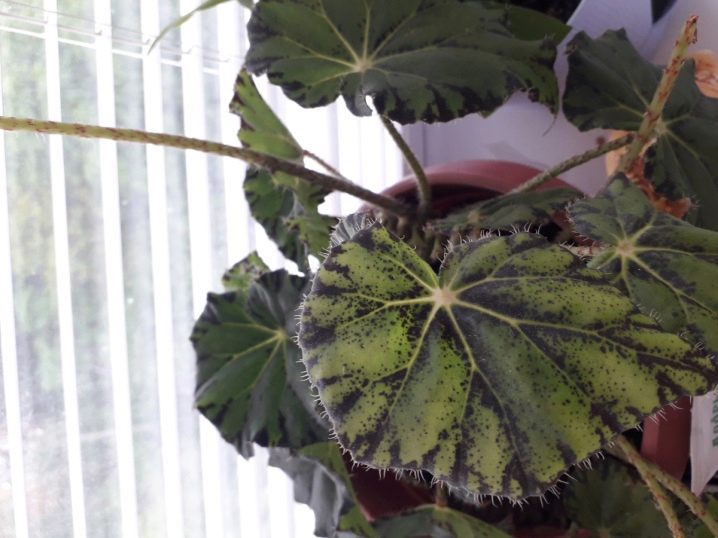
"Major"
Such an ornamental plant has small leaves of a light green color. Their edges are painted in a darker shade. Small bright pink spots can be seen on them. This species blooms with pink small flowers.
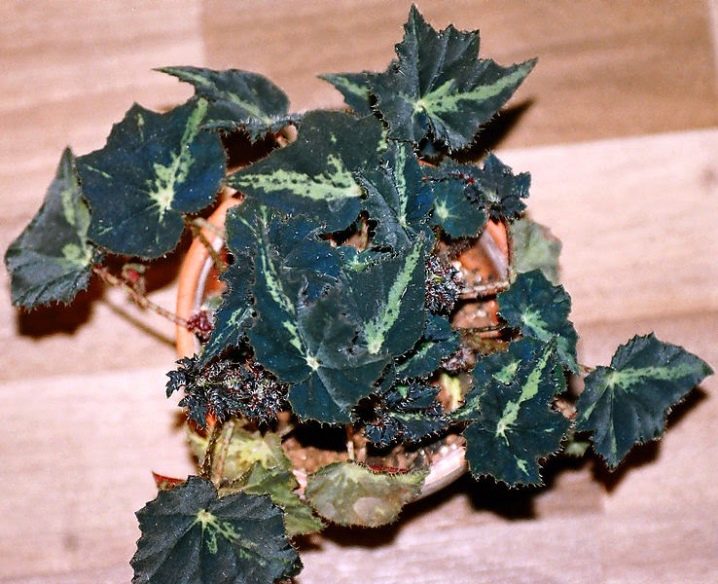
Apple Pie
This species has small dark green leaves with double edges. On the leaf blades along the veins, you can see stripes of a dark purple hue. Apple-pie blooms with white flowers.
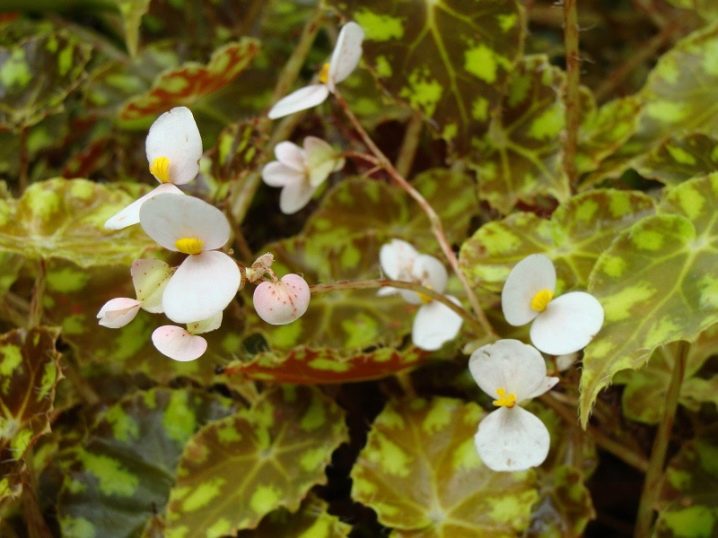
Begonia Rhinestone Jeans
This variety is an ornamental small plant. The leaves are colored dark green with lighter edges. They are elongated and slightly pointed.
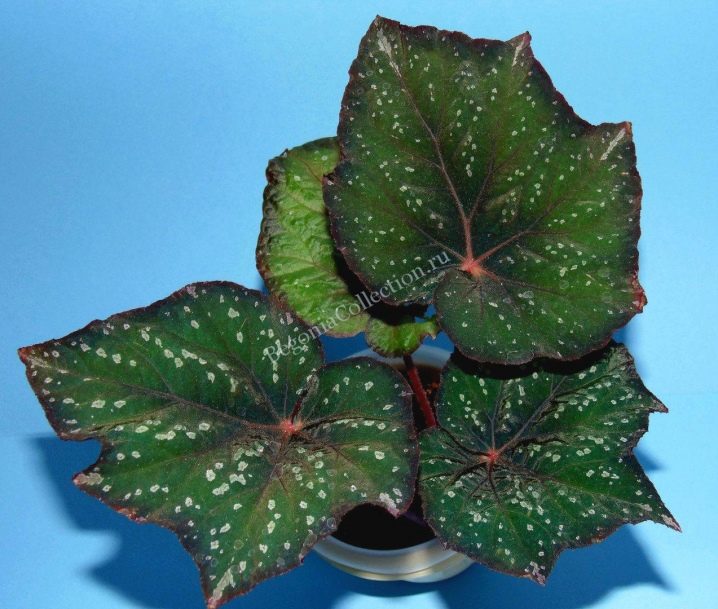
Disembarkation
Before planting begonia, you need to choose a suitable base for this - soil. It is recommended to plant it in open soil. This should be done in the first half of June.
Before planting, the plant must be placed in a bright room for several days, in which the temperature is about 22-23 degrees Celsius during the daytime and at least 12 degrees at night.
Planting holes should be made at a distance of at least 35-40 centimeters. If the flower is undersized, then it can be reduced to 20 centimeters.
Planting depth depends on the size of the flower. It is also worth considering that the stem of the begonia is quite fragile, it is easy to break it. It is recommended to pre-treat each well with a composition with potassium and phosphorus. It acts as a fertilizer for the plant.
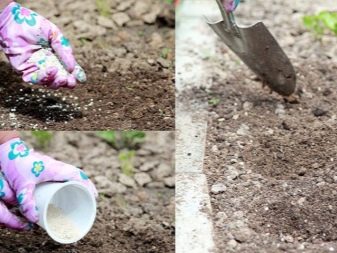
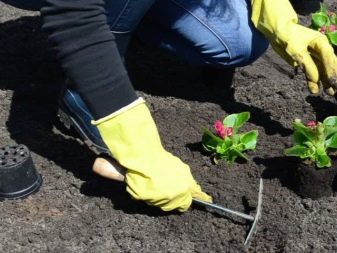
Keep in mind that tiger begonia loves fertile soils, rich in leafy soil, sand, peat, humus. Therefore, after you have planted the plant, sprinkle the hole with ash or humus on top. Cover the seedlings at night to keep them warm.
If you plan to plant a flower not in the open field, but at home, then you can purchase a ready-made earthen mixture in a specialized store. To cook it yourself, you need to mix leafy soil, slightly damp peat, river sand, turf soil (if it is not there, you can take coniferous).
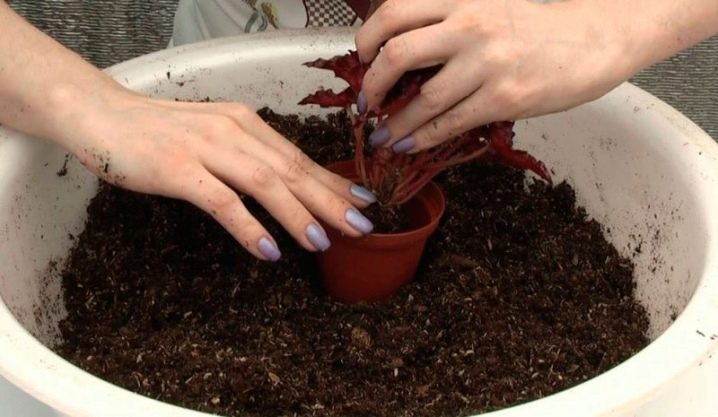
In the process of planting the plant, make sure that raw peat does not accidentally get on the root system, because this can lead to the death of the flower due to severe burns.
Care activities
In order for tiger begonia to grow and develop normally at home, some rules for its cultivation should be followed. Remember that the place in which the flower will stand should be well lit with diffused light.
A slightly cool balcony is a great place to grow begonias, because there it can get enough lighting. Moreover, in such a place, the plant will be completely protected from the wind.
Also remember that the plant is best placed on the north side., because when the light is too bright, the leaf blades of begonias will quickly lose their beautiful color and become dull. If you put the flower on the south side, then in this case it is better to create a shadow for it.
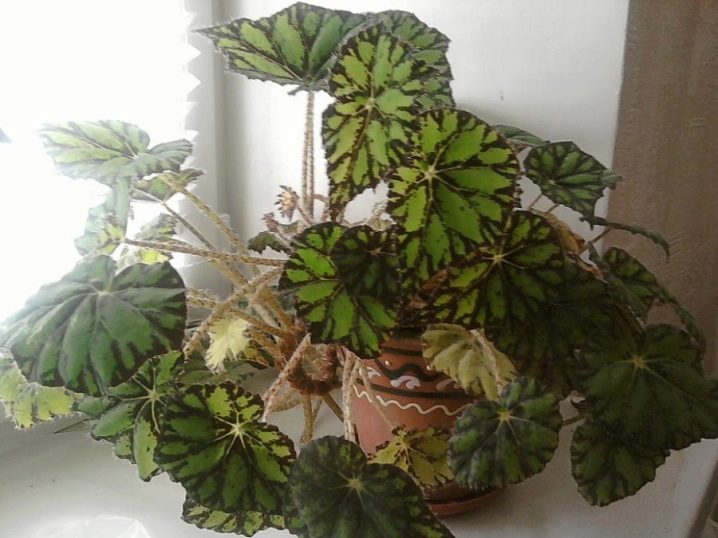
Keep in mind that tiger begonia can develop normally and not grow with all plants. Next to it, you can put "Nemesia", "Balsam".
The soil and air must always be moist. Only soft water at room temperature is used to water the plant.
In the warm season, the flower can be moistened as the earth dries up. Do not forget that too much water can lead to rotting of the root system. In winter, watering and feeding can be reduced to a minimum.
Tiger begonia is a heat-loving plant. It can be grown at temperatures no lower than 18-19 degrees. This flower needs feeding in the warm season (it is better to buy them in a specialized store). But the concentration for such a variety should be made less, since it does not like too saturated compositions. You can make them no more than once a month.
Although begonia loves high humidity levels, it should not be sprayed. Otherwise, spots may appear on its sheet plates. Most often, a container with wet moss is placed under the plant. If not, you can use raw expanded clay or just water.
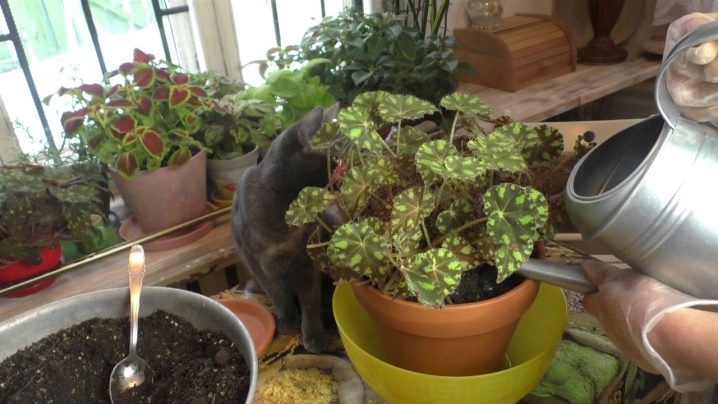
Once every two or three years, the flower should be rejuvenated. To do this, first choose a new wide pot, on the bottom of which drainage and prepared soil are laid. Then the flower is carefully removed from the old container and cut off, leaving only the upper part of the rhizome and leaves.
After that, the root system is placed in a new pot of soil. Then the plant is well watered with clean water of medium temperature. A transparent bag with small holes made in it for ventilation is put on the container. This is to prevent moisture from evaporating too quickly.
After that, it is recommended to periodically ventilate.The transparent bag can be completely removed only when new young leaves appear on the plant.
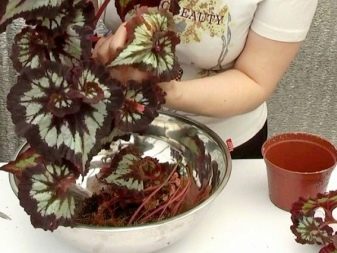
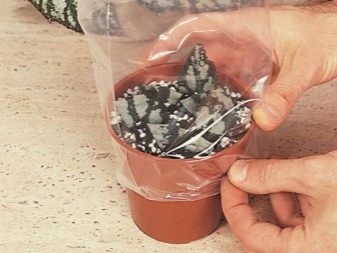
Reproduction
Tiger begonia can be propagated cuttings... This option is considered the most common. In this case, a small leaf plate is carefully cut from the plant. You need to make an incision at an angle of 45 degrees.
Then prepare a small container. Water is poured into it, after which the cut sheet is placed there. Moreover, its stem should not touch the bottom of this container. Otherwise, it may start to rot.
The leaf is placed in a darkened place for two weeks. After that, small roots should form. The scion can then be planted in a pot of soil.
In this case, the container does not need to be taken too large, otherwise the flower will grow and will not give flowers.
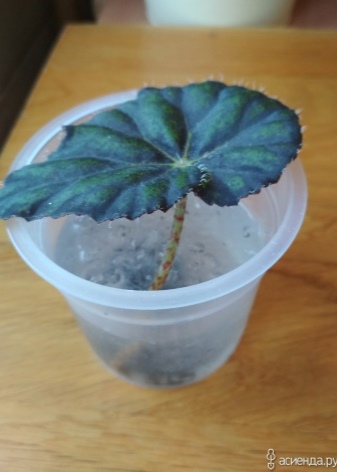

Also, the reproduction of such a flower is possible using seed... In this case, the seed must be bought in specialized stores. There they can be sold in two forms: raw and granular.
Before planting, all seeds must be treated with potassium permanganate. It is worth doing this for 30-40 minutes. After that, they are thoroughly washed. At the same time, you need to prepare a slightly moistened peat tablet.
The seeds are carefully planted in these tablets. Then each of them is placed on a pallet and covered with a plastic bag or glass. After that, clean water at room temperature is regularly poured there so that the seed is always slightly moistened.
The pallet can be placed only in those rooms in which the temperature indicator is at least 20 degrees Celsius. Shoots will appear in two to three weeks. Then young seedlings are transplanted into pots with soil prepared in them.


Pests and diseases
Tiger begonia is exposed to aphids... It settles on the leaf blades, stems and peduncles of the plant. The parasite, of course, can also be removed manually. But this will not be able to prevent its subsequent appearance.
After aphids, the plant should be completely treated with a soap solution. To prepare it, you need to use laundry soap (20 grams per liter of water).
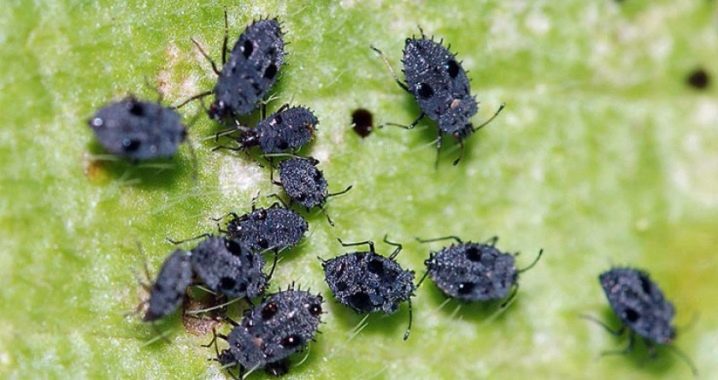
Also, insecticides can be used to combat such a parasite. A clean cloth or cotton wool is thoroughly moistened in such a solution, after which the flower is wiped well.
Often, begonia is affected fungitransmitting their spores by air. They can be fought with fungicides. You can also use Bordeaux liquid. A diseased flower is treated by spraying.
Powdery mildew can also significantly affect tiger begonia. It can completely destroy the entire aerial part of the plant. To get rid of this parasite, you can use a special solution made from copper sulfate, tar soap and water.

Gray rot often harms such plants. Its causative agent is the botrytis mushroom. It appears, as a rule, due to excessive waterlogging of the soil or due to a too warm climate. You can fight gray mold with a solution of tar soap and copper sulfate.
Felt makers sometimes also damage tiger begonia. First, they must be manually removed from the leaf blades and stems. Then the whole plant is treated with a cloth dipped in an insecticide.

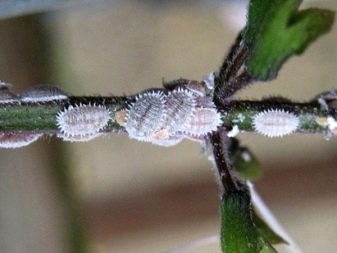
Such a flower can wither and begin to hurt, not only due to the activity of various parasites, but also due to mistakes in care. So, excessive watering or poor ventilation of the room over time can lead to the fact that the leaf plates begin to fade, and later rot.
Too much moisture in the soil can also cause leaves to curl and fall off. Sometimes this also happens in cases where the flower does not receive the required amount of light.
Too abundant or too weak watering, lack of lighting often lead to the fact that the leaves begin to turn yellow... If the edges of the leaf blades begin to take on a brown tint, then you should increase the humidity level in the room in which the plant is standing. For this, a container filled with water is placed close to the begonia.
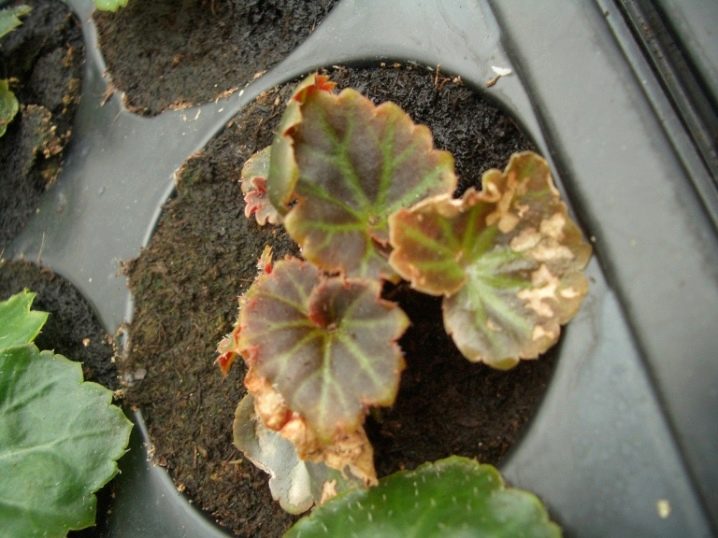
About tiger begonia: reproduction and growing errors, see the next video.































The comment was sent successfully.